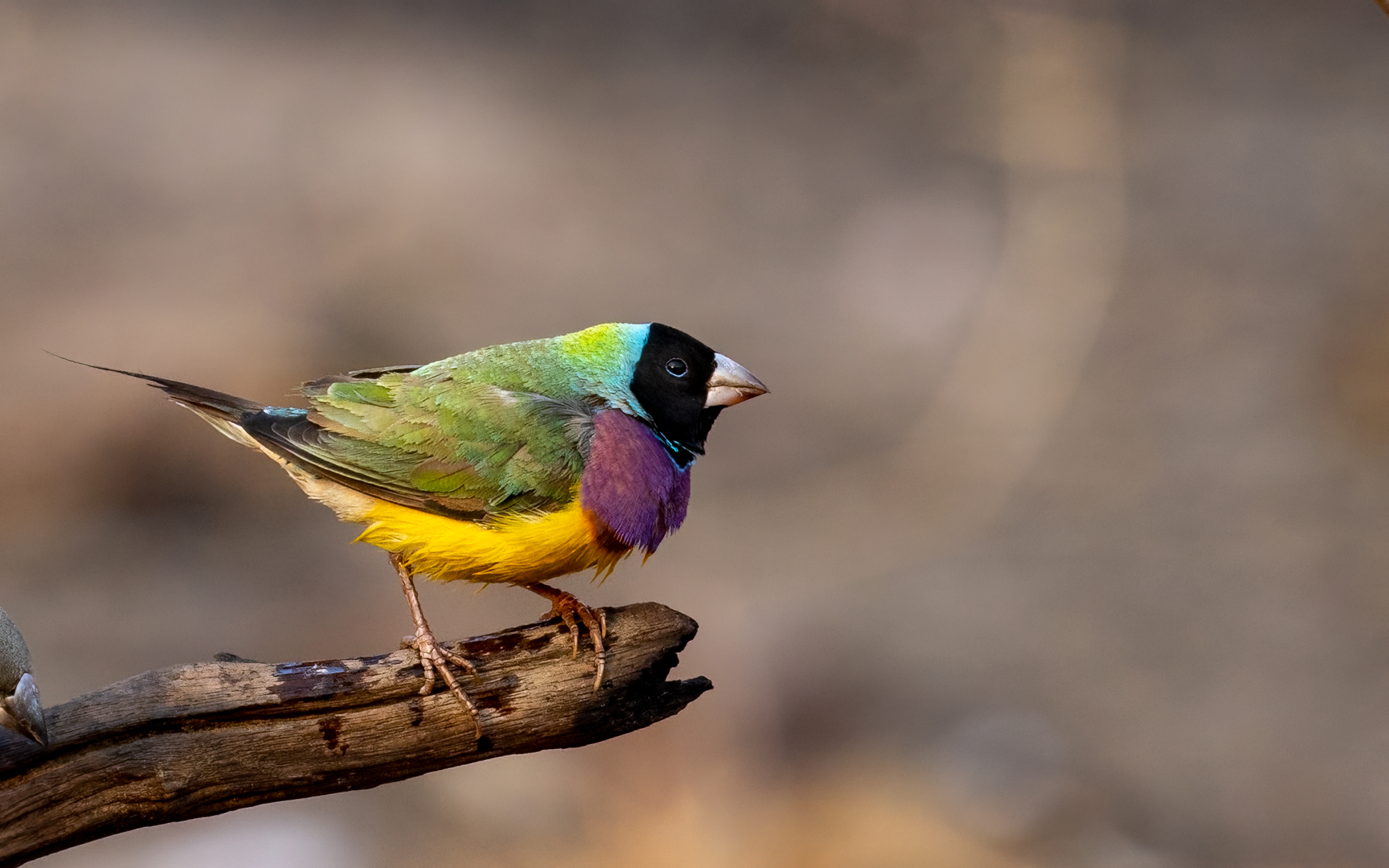| Common name | Scorpion |
| Scientific name | Scorpiones (order) |
| Type | Invertebrates |
| Diet | Carnivore, eating mostly insects |
| Average lifespan | 3–8 years |
| Size | 6.3–21cm |
The scorpion has been shuffling across the earth for millennia, with fossils of almost unchanged replicas (albeit half the size) dating back to before the dinosaurs. Commonly found in gardens and bushland throughout Australia, scorpions hide under logs and rocks and make shallow burrows in earth banks. Although mostly active at night, these nocturnal arachnids can function in the day, especially during times of prolonged wet weather.
Living on a diet of insects, scorpions have proven themselves worthy of their longevity as a species, through their unique ability to slow their metabolism to as little as one third of the typical rate for arthropods. This technique allows them to survive easily when food is scarce with some scorpions able to use a minimal amount of oxygen, whilst living on a meal of just one insect per year. Proof they are high up on the list of the world’s toughest creatures, researchers have even watched a completely frozen scorpion defrost in the sun, then walk away.
All scorpions have a venomous sting. Thousands of people die each year from scorpion bites, but this statistic can be linked to around 25 species of scorpion found in northern Africa, Mexico, India, the Middle East, and parts of South America. Scorpions tend to be larger and more venomous in the northern parts of Australia, but they are not deadly, instead causing a sting that swells and feels painful for several hours. A scorpion’s stinger is found at the end of its long tail whereas the threatening pair of pincers at the head end of the body are used to catch prey.
Scorpions hunt mainly at night and eat a range of arthropods including cockroaches, spiders, beetles, slaters, and millipedes. They use their pincers to grab their prey, then whip the poisonous tip of their tail (telson) forward to sting and kill their victim. The scorpion pours digestive juices onto its prey, then breaks it up with its jaws. Despite their threatening appearance, scorpions make a tasty treat for nocturnal birds, lizards, centipedes, rodents, and carnivorous marsupials.
When scorpions reproduce, male and female scorpions find each other through earth vibrations, touch, and scent. Female scorpions give birth to live young which spend the early stages of their life on the mother’s back. Scorpions mature slowly, moulting between five and six times which allows them to grow into an adult size and most scorpions live between two and 10 years.
Species of scorpion commonly found in Australia include the brown scorpion (Urodacus manicatus), desert scorpion (Urodacus yaschenkoi), marbled scorpion (Lychas marmoreus), wood/forest scorpion (Cercophonius squama).








